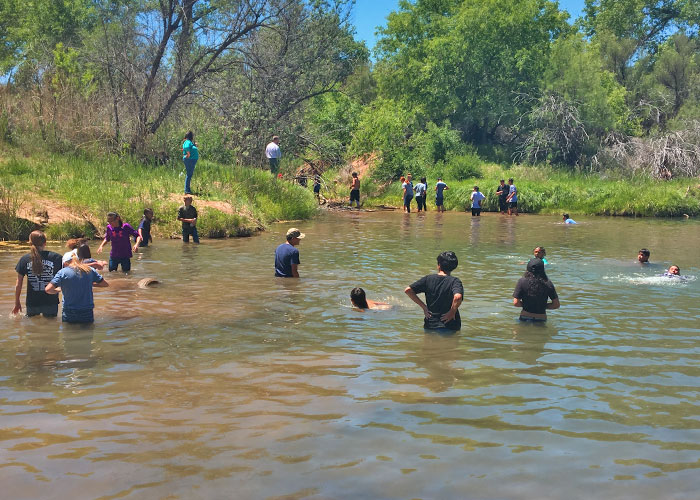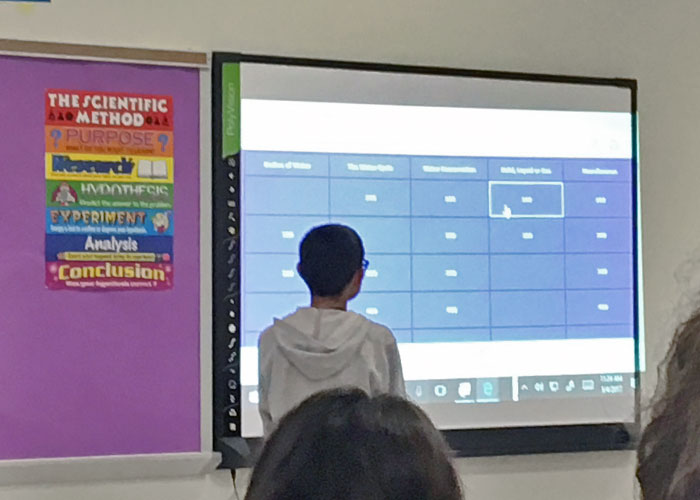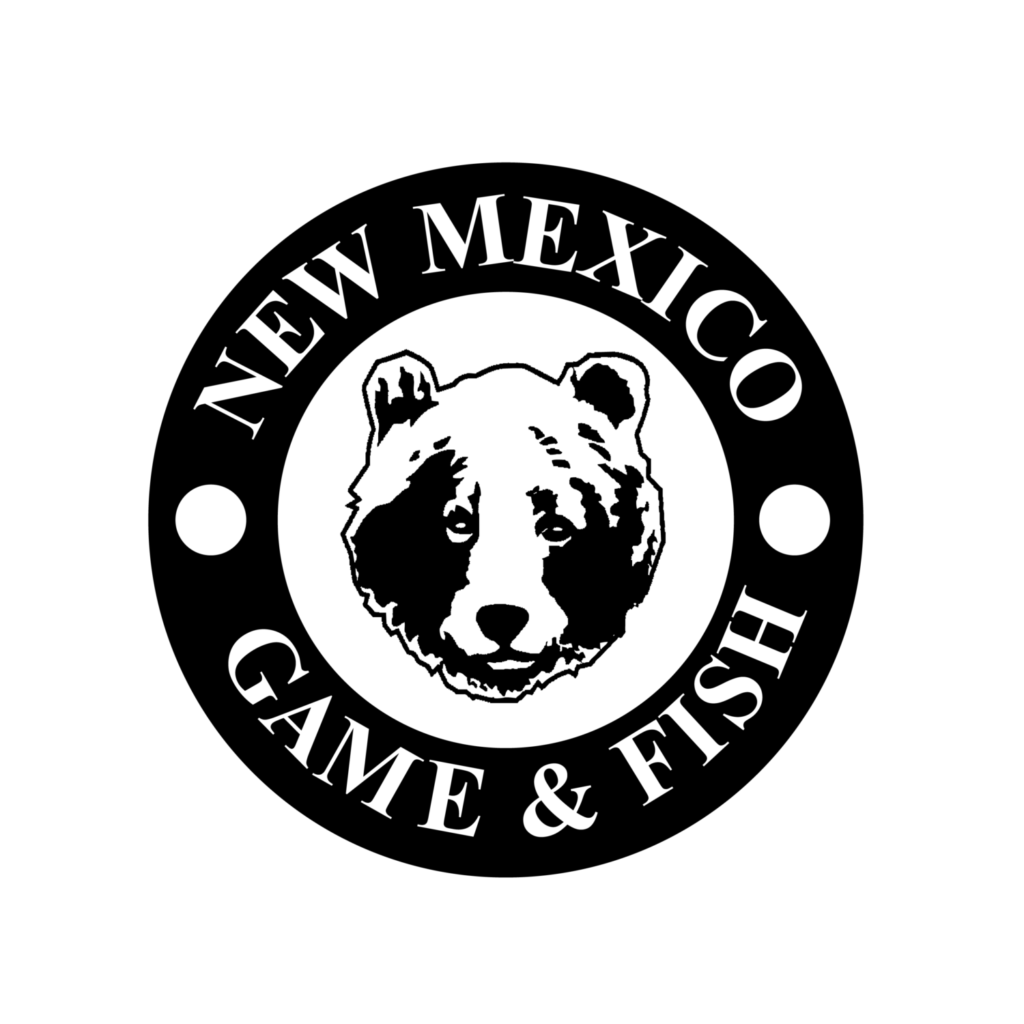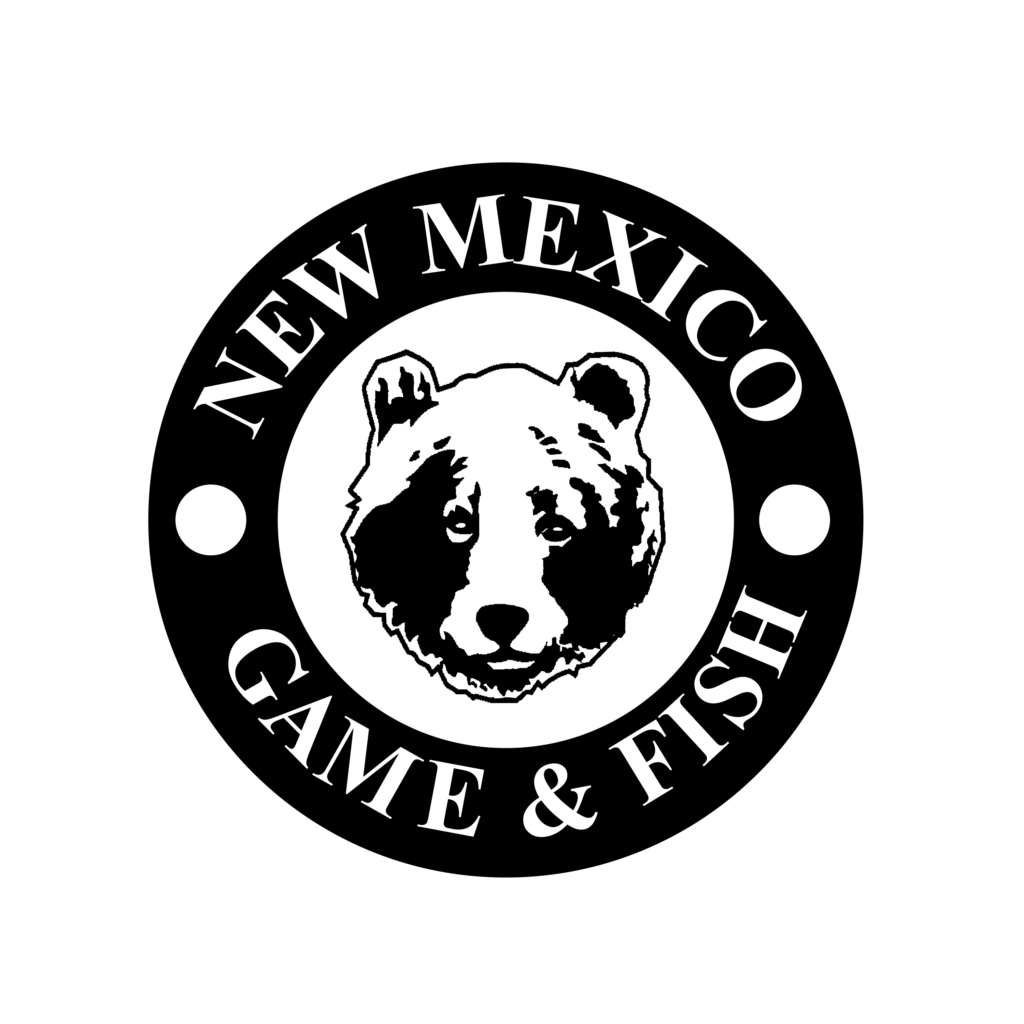
Exploring the river. (Photo by Ginny Seamster)
What’s living in that river or playa within walking distance from your house or your child’s school? What kind of adaptations do those animals have to their environment? What kind of frog makes that call you hear coming from the river at night? What can you do to help conserve water and keep your local river flowing and resident aquatic wildlife healthy? These are all questions that Ogallala Commons is helping to answer with middle school students at Santa Rosa middle school and other schools in the eastern part of New Mexico through River and Playa festivals

Pecos River near Santa Rosa Middle School. (Seamster)

Water jeopardy. (Photo by Ginny Seamster)
Using funds from the Share with Wildlife program, Robert Martin and other educators make presentations to the students and then take them on a field trip to a local stream or playa. The goal is to make the students more aware of the animals they may encounter near their houses, or when enjoying nature with their families, and the importance of conserving water and the aquatic ecosystems upon which these animals, and we as humans, depend. Ogallala Common’s programs help to emphasize the great value of the streams and other aquatic habitats that, for some of us, are practically in our backyard

Gophersnake demo. (Photo by Ginny Seamster)
What sound does a bullfrog make? Why is a gophersnake always flicking the air with its tongue? What impacts can American beavers have on the riparian vegetation and diversity of species present in and around a stream? What are the key elements of the water cycle and what measures can you take at home to conserve water? These are just a small sample of the questions that Ogallala Commons helps students to answer through presentations and activities, including a water jeopardy game. The field trips help with visualizing the species diversity present in aquatic ecosystems and connecting what is learned in the classroom to hands on identification of plants and animals.
[fusion_separator style_type=”” top_margin=”” bottom_margin=”24″ sep_color=”” border_si

